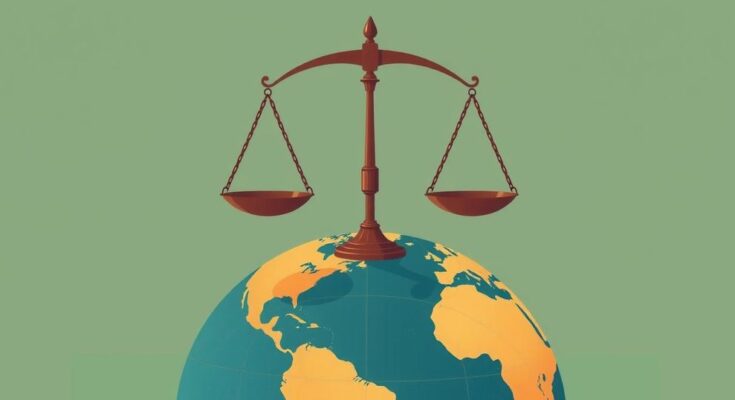In a recent discussion with John Gilbert, an economist whose expertise lies in international trade, several pressing questions about tariffs and trade policy were examined. Gilbert elucidated that a tariff is essentially a tax on imported goods, impacting both the price paid by importers and the revenue collected by governments. It introduces a gap between what consumers pay for goods and what sellers receive, functioning similarly to other types of taxation.
Consumer prices feel the weight of tariffs, as they tend to inflate the prices of both imported items and domestic goods that compete against imports. The extent of price rises hinges on the willingness of both sellers and importers to absorb costs, but historically, many tariffs have led to higher domestic consumer prices due to reduced external competition. Essentially, tariffs act not just as a tax but also provide a subsidy to local producers.
Tariffs might serve various functions, particularly in developing nations where they are crucial for revenue. They can be tools to influence global pricing or combat unfair trade practices. At their core, however, tariffs predominantly aim to bolster domestic production while hampering export-oriented industries, thus redistributing economic activity.
The post-tariff price landscape in a market economy generally trends downward, driven by the interplay of demand and supply. Although tariffs can create temporary price stickiness, they don’t fundamentally alter productivity, resource generation, or demand preferences needed to stabilize prices after removal.
News surrounding tariffs often results in stock market volatility due to the uncertainty they instigate. Tariffs can suppress economic growth and heighten inflationary pressures, impacting Federal interest rate decisions. The unpredictable nature of potential retaliatory measures further exacerbates this uncertainty, leaving investors on edge.
When examining the effects of tariffs on common items, one must note that imports from China, Canada, and Mexico constitute nearly 45 percent of U.S. total imports, with electronics, fuel and oil, and machinery at the forefront. The automotive sector is notably integrated across these nations, further complicating tariffs’ impact.
Economic perceptions of tariffs are generally negative, with few benefits acknowledged. While tariffs may secure jobs in certain sectors, they concurrently threaten employment in others due to higher production costs. The complexities of modern global supply chains mean predicting these shifts is challenging. Despite their prevalence, tariffs are less common today as leverage in trade negotiations, largely due to the understanding that they inflict mutual harm on both imposing and receiving countries.
When queried about the potential for companies to relocate manufacturing jobs to the U.S. to sidestep tariffs, Gilbert expressed skepticism. The notion of ‘tariff-jumping’ may sound appealing, but uncertainty regarding the longevity of tariffs often discourages firms from making long-term investments in manufacturing.
This article features John Gilbert discussing the nature and impact of tariffs in international trade. He describes tariffs as taxes on imports, highlights their inflationary effects on consumer prices, and clarifies their role in domestic economic redistribution. Gilbert also touches on the challenges of predicting job relocations and shifts in manufacturing due to tariffs, as well as the broader implications on market stability and international relations.
In assembling the pieces of economic discourse, John Gilbert’s insights illuminate the intricate dance tariffs perform in the global marketplace. While tariffs are designed to protect domestic interests, they create complex ripple effects throughout the economy, affecting prices, employment, and market stability. The reluctance of firms to invest heavily amid uncertainty suggests that long-term solutions may require more than just adjustments to tariff policies; they necessitate a comprehensive reassessment of economic strategy and trade relations.
Original Source: www.usu.edu



